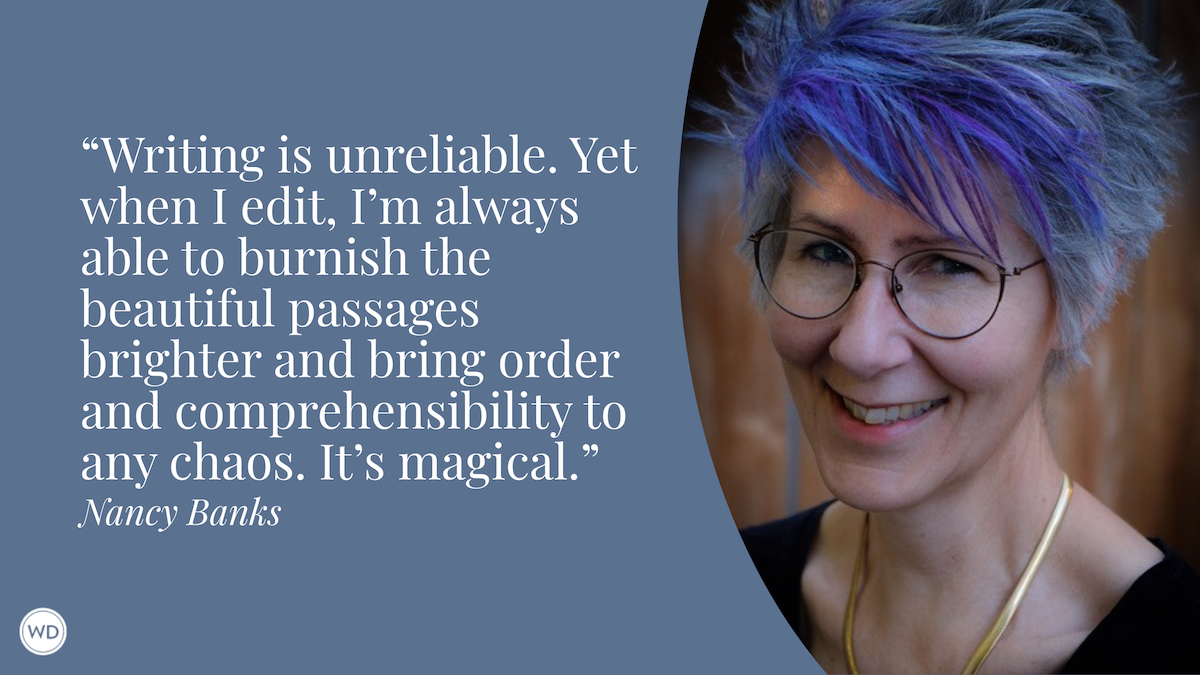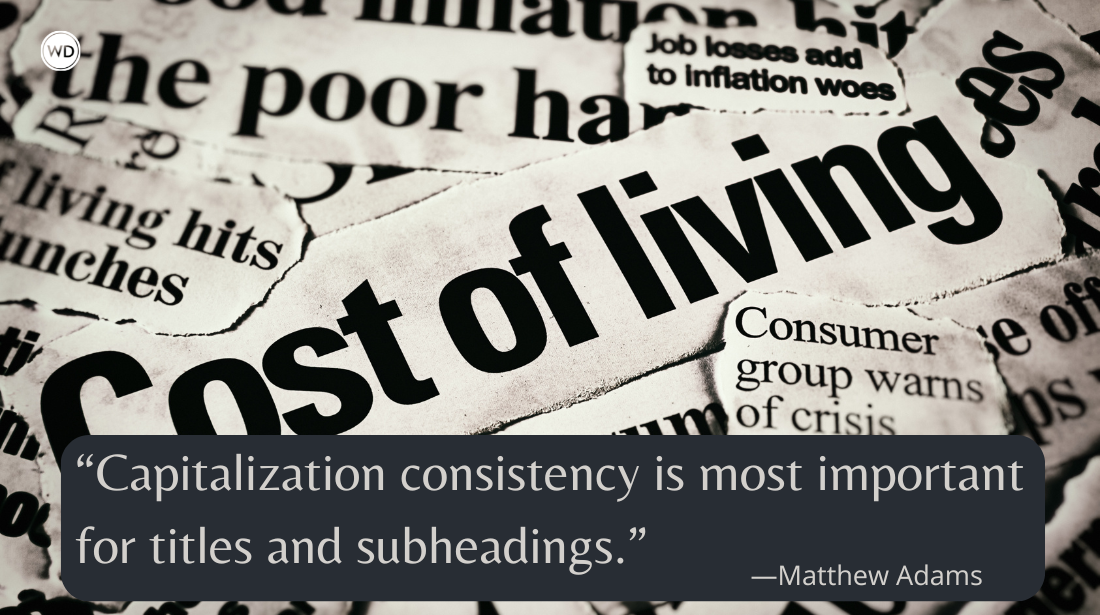How to Find Light in the Darkness in Fiction
Bestselling author Lauren Magaziner shares how to find light in the darkness when it comes to writing fiction, especially for MG readers.
My newest book, The Incorruptibles, dances on a knife’s edge between dark and light when it comes to tone. The story—about sorcerers who use their power to subjugate people without magic—touches upon oppression, control, and supremacy. There was no way to avoid (nor would I want to) bleak allusions to our increasingly cruel world: the way people with too much power often seem so devoid of empathy, how those on top use their influence to benefit themselves, and the way folks who have everything are callous when it comes to hurting others.
But because I write middle grade (for ages 10 to 14), I knew that this darkness needed to be offset with light. Especially in children’s books, it’s an author’s job to make sure we’re not leaving kids in the dark without a flashlight. Middle grade needs hope, even in the face of insurmountable odds.
It’s no easy task to remain truthful about these grim and pertinent themes while also giving kids enough optimism to find their courage. There were a few craft techniques I used to maintain that delicate balance.
Use Setting as a Buffer Zone
For context in the book, regular humans who call themselves Incorruptibles have banded together to form a resistance movement to fight the tyrannical sorcerers with nothing more than technology and grit. Adults are the full-fledged Incorruptibles out in the field; kids are Junior Incs, who are being trained at an academy for seven years before they graduate.
I use the setting of Inc Academy to bring peace and cheer into the story. While the world outside feels like a dark, ominous shadow, the Inc Academy campus feels like a warm, welcoming hug. It’s a bubble, a safe space, a shelter. And the campus is described as literally bright, on top of a mountain with sunshine beaming down, filled with multiple gardens of vibrant flowers. Each squad at the academy wears bright cloaks in every color of the rainbow, another physical contrast to the metaphorical darkness.
And at one point, when a character delivers a particularly gruesome account of a violent scar he received from sorcerers, he and the main character are walking through the flowers, taking in the warm breeze, and smelling the fresh blooms. It’s about balancing contrast.
Build Tension and Release Tension
In one scene, the main character Fiora is waiting by the academy gates as an injured squad is being carried to the school’s hospital on stretchers—in perhaps one of the darkest scenes in the book. As they watch the horrible event unfold, there are many pauses and asides between characters that act as moments to release the reader from tension.
With tension, you want to hold your reader in, so that you keep them glued to the page. But eventually, you have to allow the reader to breathe. Imagine tension like holding a reader’s feet under water; you don’t want to pull them down until they drown. You have to let them come up for air. This takes the form of a sidebar conversation, internal narration, or any moment that might elicit a laugh or a sigh. Give the reader a quick breath, and they will dive back down for more voluntarily.
Use Humor and Voice
Serious moments are broken up by moments of levity. For example, early in the book, Fiora fires a lightning blaster inside her home, aiming for a sorcerer who is bullying her uncle. She accidentally destroys the house. In the aftermath of the explosion, the Incorruptible who had given her the weapon finds her in the rubble and says, “That tech has enough pent-up power to knock down a house!”
In the ruins of her home, Fiora sarcastically replies, “Yes, I can see that.”
Just a few pages later, it isn’t the dialogue that’s snarky—but the narrative itself.
The Incorruptible convinces Fiora and her uncle to flee while the sorcerers are still licking their wounds. The text reads: “Uncle Randal began throwing all sorts of odds and ends into a suitcase; some reasonable (fabrics and needles), some a little less reasonable (a sewing machine), and some outright outlandish (a full-length fitting mirror, which would never fit into his suitcase, not even in her uncle’s wildest dreams). But Fiora had no time to argue the basic principles of spatial awareness. She was busy with her own frantic packing.”
There are many moments in The Incorruptibles where the narrative voice says something sarcastic, or when there is a humorous, quippy line to breathe joy into the story. Humor is human. Even sarcasm, even dark humor, even gallows humor. Any touch of humor in dialogue or voice brings reprieve and buoyancy.
Let Characters Be Positive
Sometimes, when a character is seemingly zigging toward darkness, you find the light by making them zag. When Fiora asks one of her squadmates if he’s seeking revenge, the reader’s expectation is that yes, he would want vengeance for what happened to him. Instead, this character laughs out loud and says that revenge is looking backward, and he can only move forward. He simply seeks strength to protect his family. It’s his optimism—his belief that people are inherently good—that often pulls the protagonist (and by proxy the reader) from the brink of darkness.
And that similar positivity is found in characters who might not be as idealistic—but who believe in an ideal. Fiora’s instructor isn’t inherently optimistic, but she upholds a luminous vision for the dystopian world she lives in: “We’re not looking to turn back the clock, and we’re not looking to idealize the past. It was a time without demon sorcerers, yes, but it had its own problems. Our goal as Incorruptibles is to secure a better, fairer future.”
When characters are the vehicle for hope, it can rub off on the reader—and make them feel it too. Though the journey is tough and overwhelming, having characters that rise to the challenge creates space for lightness.
Have Straight-Up Fun
The Incorruptibles fight sorcerers with cool gadgets and weapons, like lightning blasters, wind swords, force-field shields, acid gloves, and more. There’s nothing that brings more playfulness into a narrative than straight-up fun.
~~
How we find light among the dark in fiction is a good mirror for how we find light among the dark in life too: by finding a good community to surround us (setting), by releasing tension, through humor, by carrying hope, and with fun.
Ultimately, to have fortitude enough to push through darkness, there needs to be something worth fighting for, and the stakes have to be personal. In The Incorruptibles, Fiora eventually realizes that it’s the people in her life that bring her light: “It had been so long since she’d had a loving family, and yet—as she looked around at them, she realized they’d been here all along.”
Check out Lauren Magaziner's The Incorruptibles here:
Bookshop | Amazon
(WD uses affiliate links)









